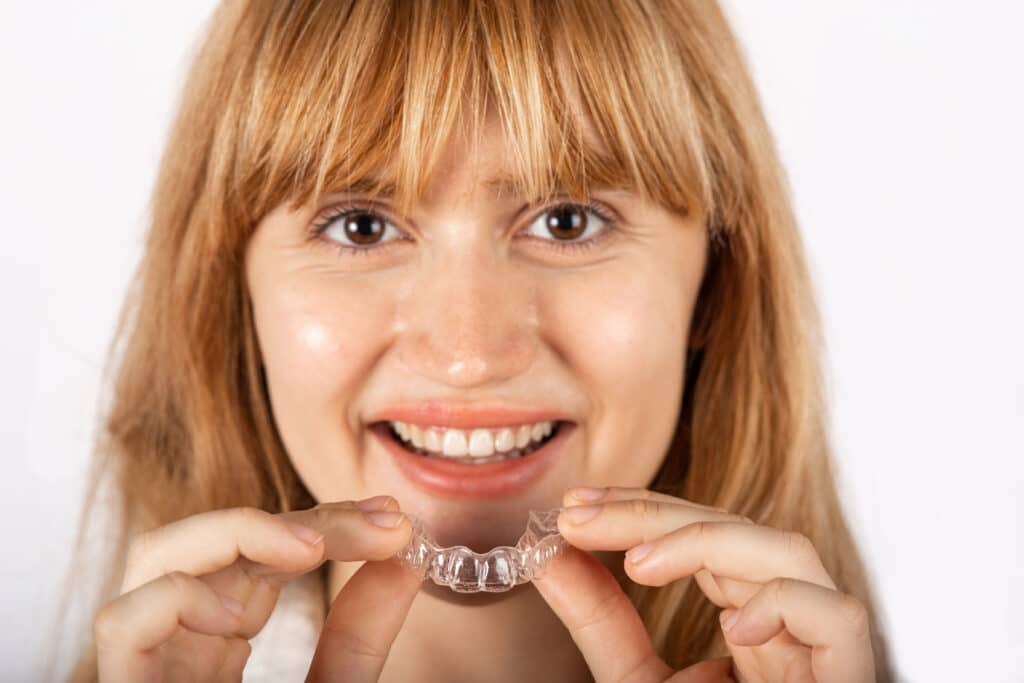Orthodontic care has traditionally required frequent in-person visits to monitor progress, make adjustments, and ensure treatment is on track. However, with the advent of remote monitoring technology, the patient experience is undergoing a significant transformation. Digital innovations are streamlining orthodontic care, making it more convenient, efficient, and patient-centric.
The Rise of Remote Monitoring in Orthodontics
Remote monitoring utilizes digital tools, artificial intelligence, and smartphone applications to track a patient’s orthodontic progress without frequent in-office visits.
Patients can now submit photos of their teeth using specialized apps, allowing orthodontists to assess their progress in real time and provide necessary recommendations. This minimizes unnecessary trips to the clinic while ensuring effective treatment.
Benefits of Remote Monitoring for Patients
Convenience and Flexibility Patients no longer need to schedule frequent in-person visits, reducing travel time and interruptions to their daily lives. This is particularly beneficial for busy professionals, students, and those in remote locations.
Enhanced Treatment Accuracy:
AI-powered remote monitoring systems analyze tooth movement with high precision, helping orthodontists detect any deviations early and make timely adjustments.
Improved Patient Compliance:
Regular digital check-ins encourage patients to stay on track with aligner wear schedules and oral hygiene, leading to better treatment outcomes.
Faster Issue Detection:
Orthodontists can identify potential concerns, such as improper aligner fit or delayed tooth movement, before they become major problems, allowing for proactive interventions.
Better Patient Engagement:
Many remote monitoring platforms offer interactive features, progress tracking, and direct communication with the orthodontist, leading to a more engaged and informed patient experience.
How Remote Monitoring Works
Smartphone-Based Imaging: Patients take high-resolution images of their teeth using mobile applications integrated with AI.
AI and Data Analysis: Advanced algorithms analyze tooth position, movement, and aligner fit, providing insights to both the patient and orthodontist.
Virtual Check-Ins: Instead of traditional visits, orthodontists review the submitted images and communicate treatment adjustments or next steps through the app.
Alerts and Notifications: Patients receive reminders and updates about aligner changes, oral care tips, and potential concerns detected by the system.
The Future of Remote Orthodontic Care
As technology continues to evolve, remote monitoring will become even more sophisticated. Future advancements may include real-time 3D scanning, improved AI-driven diagnostics, and even predictive treatment adjustments.
The integration of telehealth and remote monitoring will continue to reshape orthodontic care, making treatment more accessible and efficient.
Final Thoughts
Remote monitoring is revolutionizing the orthodontic patient experience by enhancing convenience, improving treatment precision, and fostering better patient compliance.
As digital tools become more advanced, orthodontists and patients alike will benefit from a seamless, technology-driven approach to orthodontic treatment. For those considering orthodontic care, remote monitoring offers a modern, flexible, and highly effective way to achieve a perfect smile.


